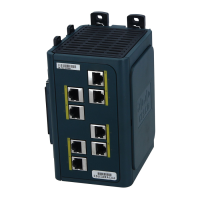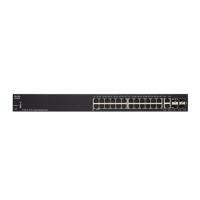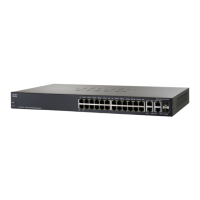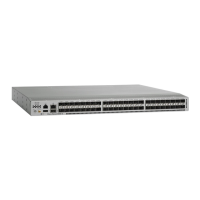11-17
Cisco ME 3800X and 3600X Switch Software Configuration Guide
OL-23400-01
Chapter 11 Configuring Ethernet Virtual Connections (EVCs)
Configuring Other Features on EFPs
• MAC address movement is detected when the host moves from one port to another. If a host moves
to another port or EFP, the learning lookup for the installed entry fails because the ingress logical
port number does not match and a new learning cache entry is created. The detection of MAC
address movement is disabled for static MAC addresses where the forwarding behavior is configured
by the user.
Configuring IEEE 802.1Q Tunneling and Layer 2 Protocol Tunneling using EFPs
Tunneling is a feature used by service providers whose networks carry traffic of multiple customers and
who are required to maintain the VLAN and Layer 2 protocol configurations of each customer without
impacting the traffic of other customers. The ME 3800X and ME 3600X switches use EFPs to support
QinQ and Layer 2 protocol tunneling.
802.1Q Tunneling (QinQ)
Service provider customers often have specific requirements for VLAN IDs and the number of VLANs
to be supported. The VLAN ranges required by different customers in the same service-provider network
might overlap, and traffic of customers through the infrastructure might be mixed. Assigning a unique
range of VLAN IDs to each customer would restrict customer configurations and could easily exceed the
VLAN limit (4096) of the 802.1Q specification.
Using the EVCs, service providers can encapsulate packets that enter the service-provider network with
multiple customer VLAN IDs (C-VLANs) and a single 0x8100 Ethertype VLAN tag with a service
provider VLAN (S-VLAN). Within the service provider network, packets are switched based on the
S-VLAN. When the packets egress the service provider network onto the customer network, the
S-VLAN tag is decapsulated and the original customer packet is restored.
Figure 11-1 shows the tag structures of the double-tagged packets.
Figure 11-1 Original (Normal), 802.1Q, and Double-Tagged Ethernet Packet Formats
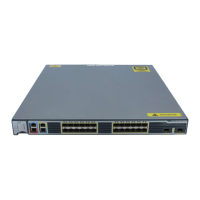
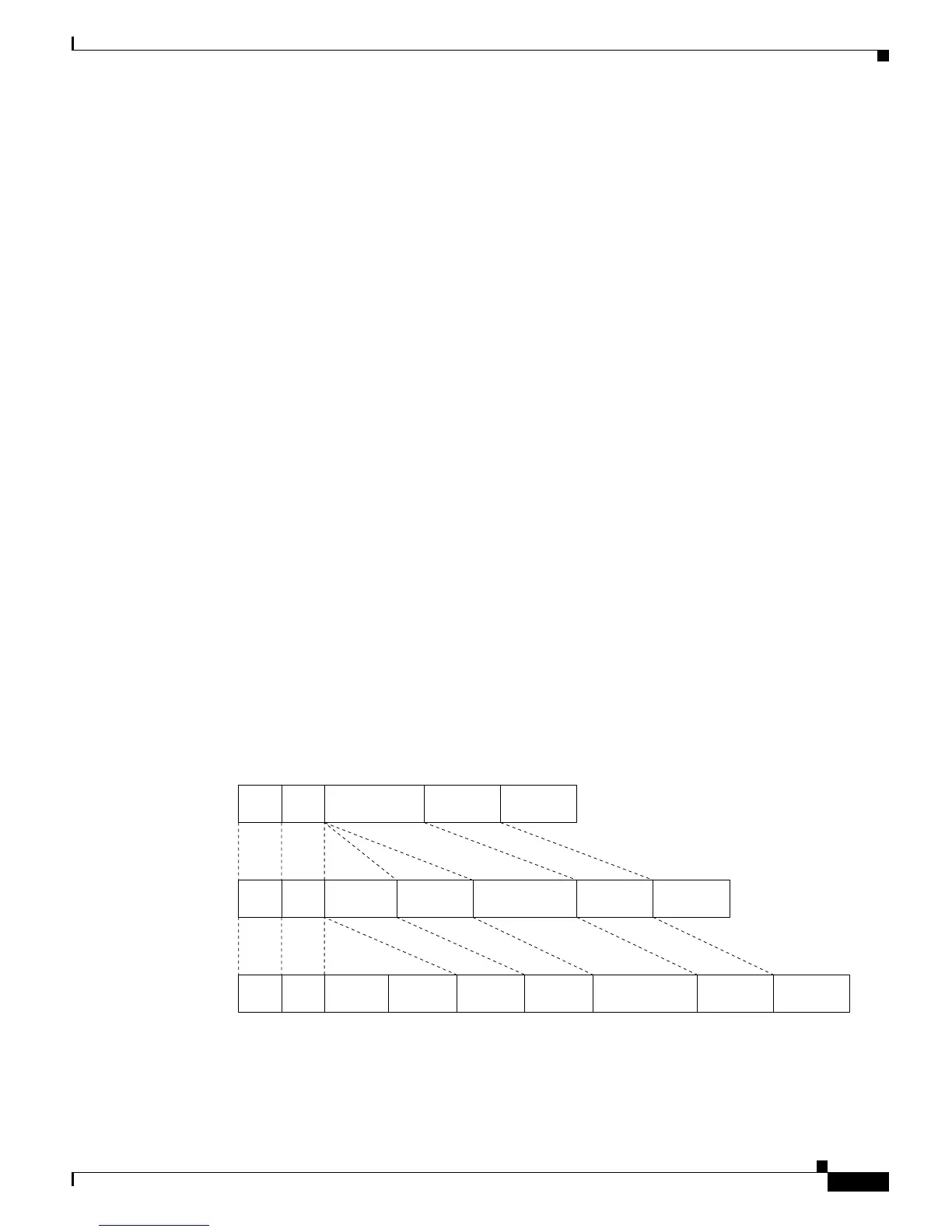